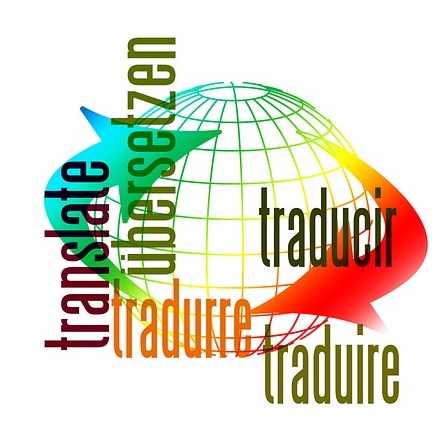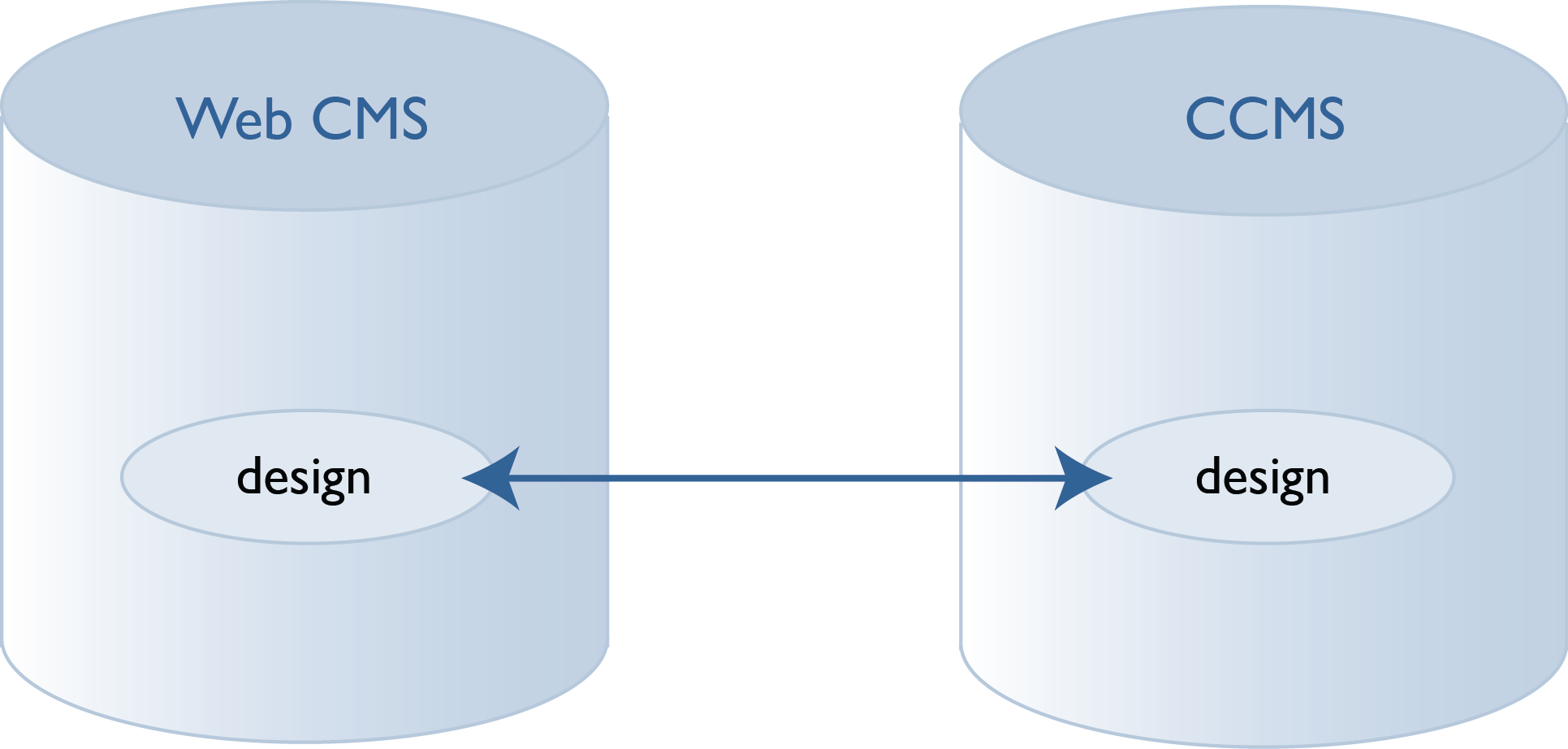The business case for content operations
This content was first published in Content Operations from Start to Scale: Perspectives from Industry Experts. O’Keefe, S. 2024. The Business Case for Content Operations. In: Evia, C. (ed.) pp. 25–32. Blacksburg: Virginia Tech Publishing.
We have an ingrained mental model of writers as introverted hermits, toiling away in solitude. Eventually, they produce manuscripts, which are fed into a publishing pipeline for editing and production. This model might hold for some fiction writers, but content production looks very different for marketing and technical efforts.





















